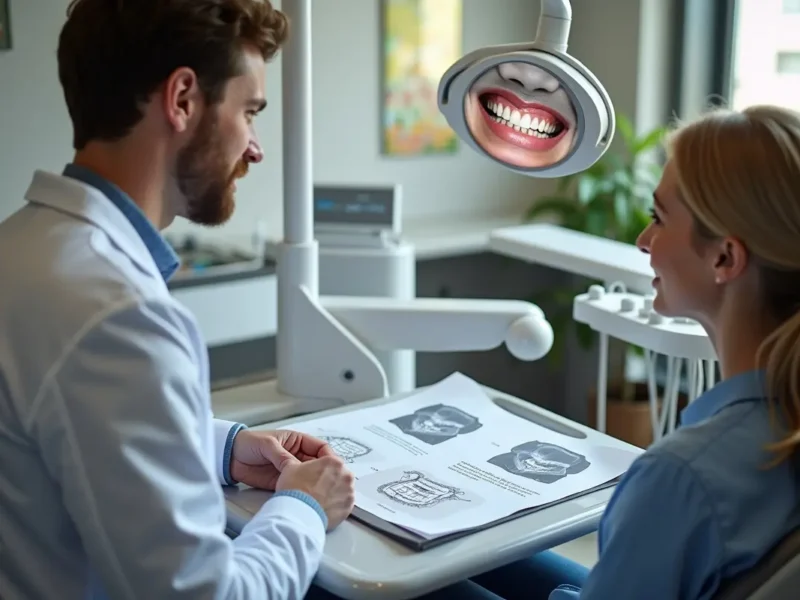Are you looking to schedule a dental exam for yourself or your child? Wondering what happens at the dentist?
While the dentist may seem scary, and all you think about is getting painful shots, the dentist is not as bad as you think, and it is something you should look into with regular visits.
We will tell you what to expect during your dental exam and cleaning. Keep reading to learn more.
Contents
Preparing for Your Appointment
Your dental exam will visually inspect your mouth, teeth, gum, and tongue. Your dentist will also take X-rays to identify any potential problems. It doesn’t hurt, but you may need to bite down on a particular device first.
During the dental cleaning, your hygienist will remove plaque and tartar using a scaler, a dental pick, and a polishing instrument. These tools will scrape away hard debris and then polish the remaining buildup. Afterward, fluoride may be applied to help protect your teeth from further decay.
Examination of Teeth and Gums
The dentist will assess the structure and condition of your teeth, gums, and other structures inside your mouth. They will also take X-rays to check your bones’ health.
The dentist will then screen for oral cancer and look for signs of infection, tooth decay, and other oral conditions. After the exam, the dentist will clean professionally to remove plaque, tartar, and other debris. If you are looking for some dental services and natural looking porcelain crowns it is time to make that appointment.
The X-Ray Process
X-ray films can provide a detailed picture of a patient’s mouth and jaw anatomy. Dentists use it to detect cavities, signs of gum disease, and other concerns. X-rays also allow dentists to monitor the progress of treatments and diagnostics prescribed for a patient.
The safety credentials of X-rays also ensure patients and dentists are protected during the exam process, while the benefits of an X-ray significantly reduce complications for a better patient outcome.
Scaling and Polishing
Scaling involves using special tools to remove tartar and plaque from your teeth. The dentist or hygienist also uses a metal instrument to gently scrape off the tooth’s surface, removing discoloration and other buildup. Polishing comes next, which helps to smooth out the tooth surface further and remove any last bits of plaque and tartar.
Lastly, the dentist or hygienist may use a fluoride solution to help prevent cavities and protect the enamel of your teeth. Be sure to attend regular dental exams and cleaning sessions with your dentist to keep your teeth and gums healthy.
Aftercare Suggestions
The cleaning involves the removal of any plaque and tartar buildup, in addition to polishing any rough spots. After the appointment, your dentist may provide aftercare suggestions, such as brushing and flossing at least twice daily and scheduling regular checkups and cleanings.
In addition to these basic preventive measures, your dentist may suggest using a fluoride-based mouthwash, visiting a periodontist near you for a deeper clean, or using a dental sealant if you are at risk of cavities.
Understanding Dental Exam and Cleaning
A dental exam and cleaning are essential to maintaining a healthy smile. With a professional cleaning and exam, a patient can expect a deeper clean, improved oral health, and a much better checkup with the dentist. After you’ve received your appointment, follow up with your dentist for proper maintenance and regular checkups.
To learn more helpful tips, be sure to visit our site today!



